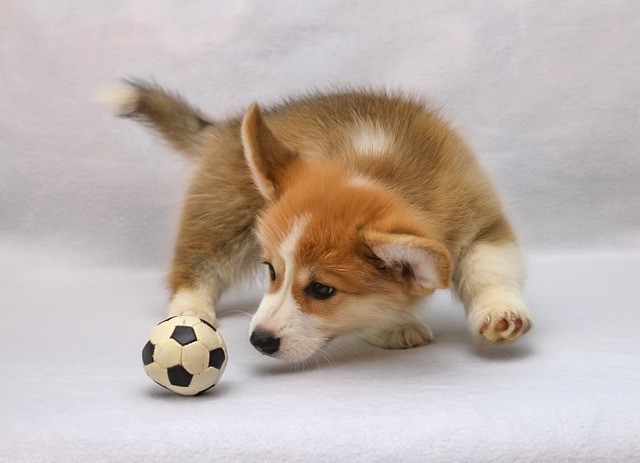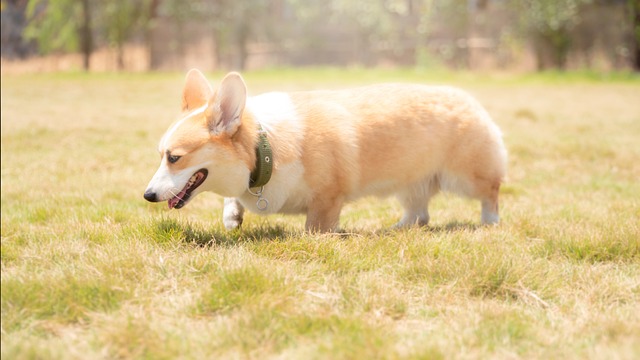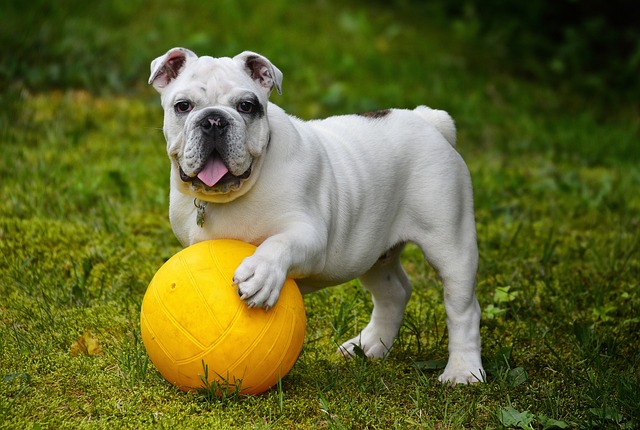
Would veterinarians recommend using dental cleaning sticks for pet dogs
If you’ve ever stood in the pet store, staring at a wall of dental chews while wondering if they’re worth the money, you’re not alone.
Let's be honest, finding your favorite shoes reduced to confetti or discovering yet another crater in the drywall is enough to test any pet parent's patience. You love your furry friend, but you desperately wonder: "When will this chewing phase end?" The answer, unfortunately, isn't a single magic birthday. It's a journey influenced by development, breed, training, and meeting their needs responsibly. Understanding this timeline helps you manage expectations and support your dog effectively.
First, acknowledge that chewing is fundamentally normal canine behavior. Puppies explore their world mouth-first, driven by insatiable curiosity. Teething adds intense pressure – those baby teeth falling out and adult teeth erupting make chewing a biological necessity for comfort, typically peaking between 3-6 months. This early phase is pure development, not rebellion. Expecting them to just "know better" ignores their physical reality. Providing ample appropriate chew toys during this time is non-negotiable and aligns with basic animal welfare principles promoted globally.
Most dogs show a significant reduction in destructive chewing around 12-18 months as they mature physically and mentally. They've usually finished teething, have better impulse control, and understand basic house rules if consistently trained. However, "reduction" isn't "elimination." Breeds known for high energy and intelligence (like Border Collies, Labs, or Terriers) or those maturing slower (larger breeds like Great Danes) might continue testing boundaries well beyond 18 months. Patience and continued training are key – maturity isn't flipped by a switch.
Here's the crucial point often missed: Chewing doesn't magically stop at a certain age if the underlying cause persists. An adult dog shredding your couch isn't necessarily immature; they might be chronically bored, suffering from separation anxiety, lacking sufficient exercise, or experiencing undiagnosed pain or nutritional issues. A dog left alone for 8 hours with no mental stimulation or appropriate outlets will likely find their own destructive "job," regardless of age. This is where understanding your local norms is vital – regulations in many EU countries and US states emphasize owners' responsibility to provide adequate enrichment and prevent distress.

So, how do you get to the chewing-free stage? Proactive Management + Meeting Needs = Success. Don't wait for maturity alone to solve it. Manage their environment meticulously now – use baby gates, dog-proof rooms, or appropriately introduced crates (always adhering to local legal limits on confinement duration, common across Europe and parts of the US/Canada). Simultaneously, address the root cause relentlessly: rigorous daily exercise tailored to their breed, consistent mental enrichment (puzzle feeders, training sessions, scent games), and ensuring high-value chew toys are always more appealing than your furniture. Rotate toys to maintain novelty.
Separation anxiety is a major driver of destruction in dogs of any age. Punishing anxiety is ineffective and ethically questionable, often violating animal welfare codes emphasizing force-free approaches. Signs include destruction focused near exits or only occurring in your absence. Addressing this requires professional behavior modification (desensitization/counterconditioning), potentially vet-prescribed medication, and creating positive departure routines. Quick fixes like shock collars are heavily restricted or banned in many regions due to welfare concerns; prioritize certified, positive-reinforcement trainers.
Training is your lifelong tool. Consistently reward calm chewing on approved items. Teach a solid "Leave It" and "Drop It" using irresistible treats. If you catch them eyeing your slipper, calmly redirect to their chew toy and shower praise when they engage. Remember, yelling or physical punishment damages trust, increases fear, and can worsen the behavior, potentially raising concerns under animal cruelty statutes common in Western jurisdictions. Focus on setting them up for success.
The journey to calmer chewing habits is an investment. While most dogs significantly improve by 18-24 months with proper guidance, vigilance against boredom and anxiety is forever. Celebrate small victories! If destructive chewing persists intensely beyond 2-3 years despite your best efforts, consult your vet to rule out medical issues and seek a certified behaviorist. Your commitment to understanding their needs, not just their age, paves the way for harmony. Your shoes will survive!

If you’ve ever stood in the pet store, staring at a wall of dental chews while wondering if they’re worth the money, you’re not alone.

Walk down any pet store aisle, and you’ll see shelves lined with dental chews—colorful, bone-shaped treats promising to clean teeth and freshen breath.

If you’ve ever struggled to brush your dog’s teeth—dodging wiggly heads, slobbery paws, or the occasional playful bite—you’ve probably wondered about easier alternatives.

Finding your dog lethargic, with dry gums and sunken eyes, is enough to make any new pet owner panic. Dehydration creeps up fast

Watching your golden retriever scratch his ears raw after meals or sprint to the backyard with digestive urgency turns dinnertime into a nightmare.

There’s something undeniably captivating about a husky’s gaze, and when those eyes are a rich shade of brown, it’s like stumbling upon a hidden gem.